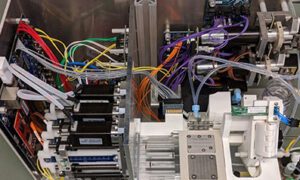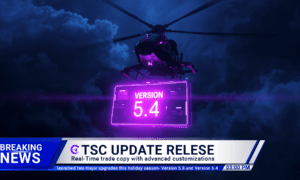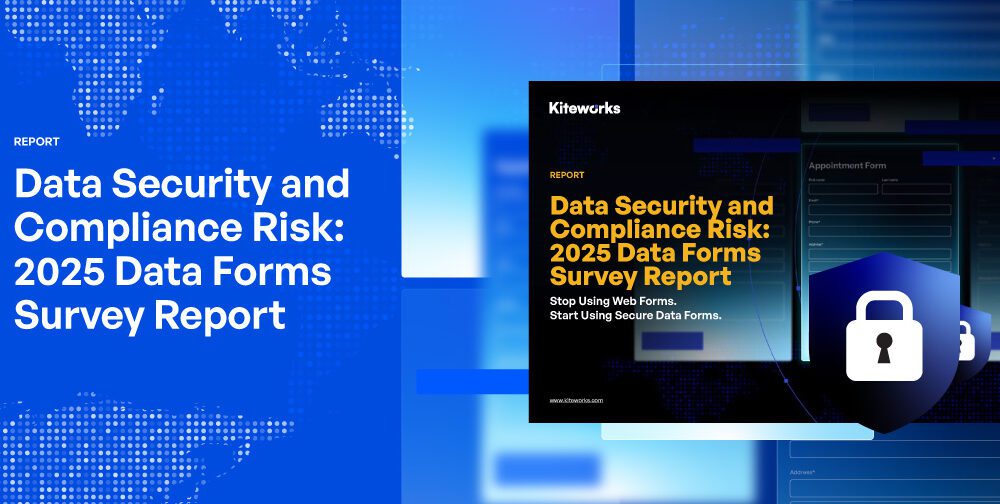Self-driving cars used to hinge on a simple premise: the more road miles they logged, the smarter and safer they would become. But as fleets scaled up, that brute-force strategy quickly ran up against its limits. Testing on public roads proved too expensive and time-consuming to prepare vehicles for the full range of edge cases they might face. Today, much of the most meaningful progress in AV performance and safety happens in simulation.
To understand the trajectory of driverless tech, we spoke with Zhuochun Liu, a system software engineer at NVIDIA. Liu specializes in simulation platforms and evaluation pipelines that test AV systems across millions of virtual miles. Her work offers a window into how the technology is rewriting the economics of AV development, and why it’s emerging as one of the sector’s most strategically important tools.
In our conversation, Liu discussed why simulation is leveling the playing field for newcomers, what’s slowing down deployment, and how U.S. industrial policy might influence who leads in the decade ahead.
What are the biggest forces currently shaping the pace of autonomous vehicle development today?
Zhuochun Liu: I might argue chip availability, and the growing computational demands of autonomy itself.
The semiconductor shortage a couple years ago was incredibly disruptive. Automakers lost hundreds of billions in revenue from missing component shortages, and that was arguably before most AV programs were in place. For autonomous tech, that challenge is magnified because the compute needs are so much higher.
So, companies are squeezed from both sides: not enough chips to go around, plus a growing appetite for more powerful ones. That tension is driving innovation in software. Developers are looking at ways to make their tech run on smaller, more readily available hardware and infrastructure. At the same time, it makes sense to virtualize as much of the validation pipeline as possible, logistically and financially.
You’ve worked on simulation systems that process thousands of hours of virtual driving each week. How does this help newer companies compete in such a capital-intensive space?
Liu: Simulation is one of the most effective equalizers. Road testing is expensive and time-consuming, not to mention inherently risky. A digital twin can recreate a city’s road network or model the behavior of a vehicle’s sensors. That means being able to test how their autonomous driver would handle, say, a blizzard on I-70 near Denver. It also enables failure-mode testing that just wouldn’t be possible otherwise, like disabling a truck’s lidar on a mountain pass.
Another advantage is that you can synthesize enormous amounts of labeled data, which allows you to aggregate and curate perception models much more quickly than relying on a fleet. A dev team of any size can run tens of thousands of variations overnight. It’s why we’re increasingly seeing simulation emerge as a standalone business model.
Aside from testing, what are the biggest technical hurdles left in getting to higher levels of autonomous driving?
Liu: There are a few big hurdles left. One is practicality. A Level 4 sensor suite could still add tens of thousands of dollars to the cost of a vehicle. Many prototypes include server-class equipment in the trunk, and most are recognizable from their large rooftop assembly. Not exactly ready for consumer-scale production.
So, the industry needs to reduce that footprint, physically, energy-wise, financially. Until then, AV deployment stays concentrated in commercial contexts like delivery and robotaxis, where the cost sensitivity is lower, and the vehicle routes are well-mapped or geofenced.
Another hurdle is the ‘long tail’ problem: rare, unusual situations a vehicle might face. Humans handle these with a mix of experience and intuition, but that’s difficult to encode into software. Some use end-to-end AI models which learn from volume and generalize to new scenarios. Others rely on rule-based systems, where specific behaviors are predefined. But both rely heavily on simulation, either to generate the data, or to verify the rules are working. That’s a large part of why it’s gaining so much value.
What factors—perhaps less widely discussed—do you think will determine which companies succeed?
Liu: Aside from the core driving tech, the question is how well companies can integrate into the existing auto industry or transportation ecosystem. Manufacturing and logistics are not easy to build from scratch, which is why you see partnerships with OEMs as a key driver.
Regulation and public trust are just as important. Even if the tech is perfect, you can’t deploy it without a safety case that regulators and the public buy into. The standards for “safe enough” vary widely by region, and they’re still evolving. That makes simulation a useful regulatory tool since it can provide the kind of structured, reproducible evidence that policymakers expect.
What role does U.S. tech policy play in all of this? Are government actions like the CHIPS Act making a difference?
Liu: Yes, and in more ways than people might expect. Autonomous vehicles sit at a critical juncture between AI and manufacturing, two domains of growing strategic interest for national policy.
Over the long term, the CHIPS and Science Act is designed to reduce reliance on overseas fabs and stabilize the supply chain for the specialized chips AVs demand. It’s straightforward risk mitigation. At the same time, tariffs and export restrictions are raising the cost of components by limiting access to foreign-manufactured hardware. That’s prompting some AV developers to co-design chips optimized for domestic production, which is a big departure for an industry that’s used to relying on off-the-shelf solutions.
Simulation also fits into the larger strategic picture. If safety validation happens virtually, and if those platforms are built in the U.S., they become part of the digital infrastructure behind autonomy, and potential exports in their own right.
More broadly, tools and policy frameworks are beginning to align within the U.S. No doubt the choices we make now—about how we model and validate—will shape how, and where, autonomy gets deployed in the years ahead.





























